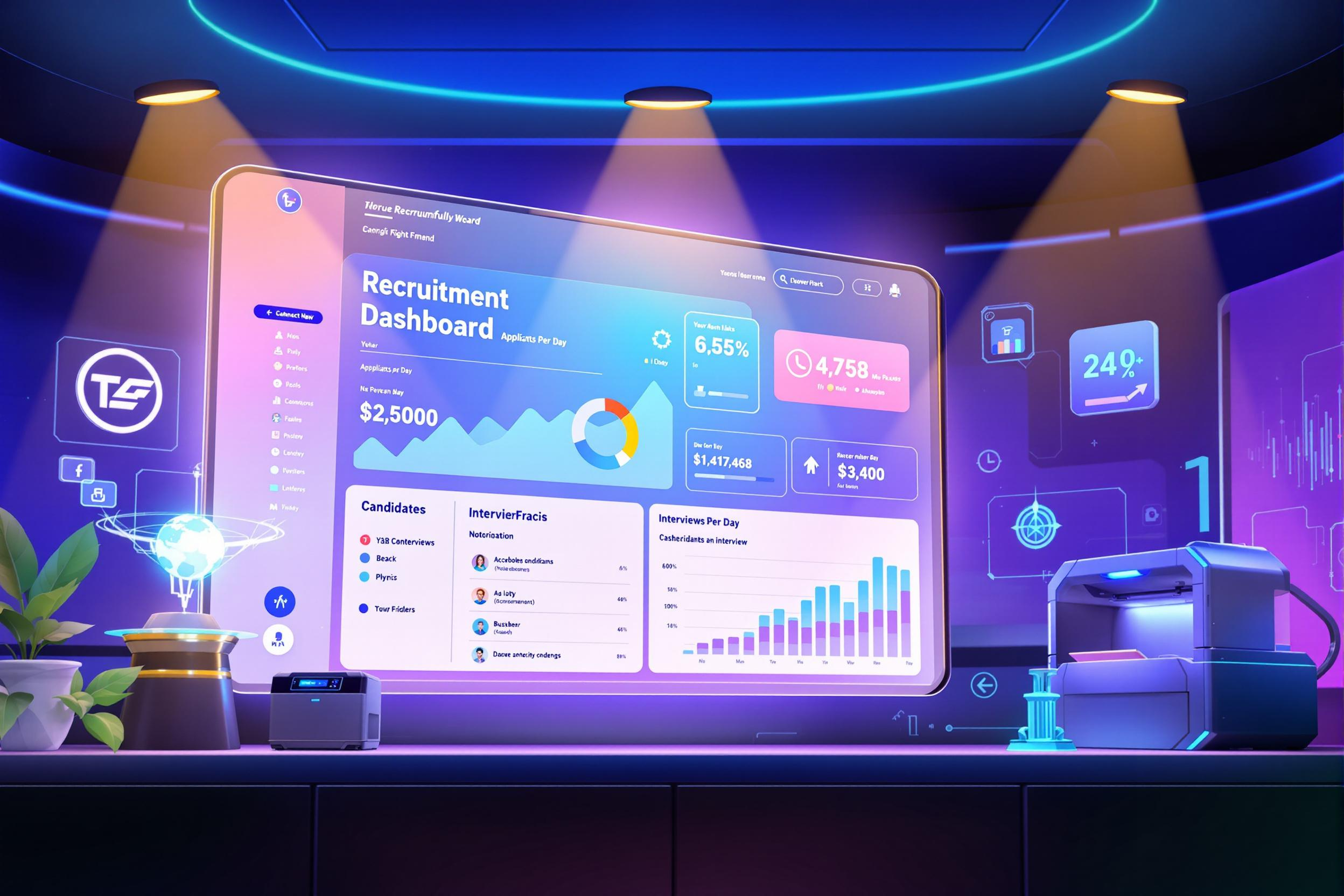
Digital Asset Management
Digital Asset Management (DAM) is a system used by museums and cultural institutions to organize, store, and track their digital content like photos, videos, and documents of artwork and artifacts. Think of it as a smart digital library that helps staff find, share, and protect all their digital files. Instead of having photos and documents scattered across different computers or drives, DAM provides one central place where everything is properly labeled, easily searchable, and securely stored. This is particularly important for museums that need to manage thousands of images of their collections, documentation, and educational materials.
Examples in Resumes
Implemented and managed Digital Asset Management system for collection of 50,000+ artifacts
Trained staff on DAM protocols and best practices for digital preservation
Developed metadata standards for Digital Asset Management System to improve searchability of collection items
Typical job title: "Digital Asset Managers"
Also try searching for:
Where to Find Digital Asset Managers
Professional Organizations
Job Boards
Online Communities
Example Interview Questions
Senior Level Questions
Q: How would you develop a digital preservation strategy for a large museum collection?
Expected Answer: A senior candidate should discuss creating preservation policies, implementing backup systems, choosing appropriate file formats, establishing metadata standards, and training staff on best practices. They should also mention disaster recovery planning and staying current with preservation standards.
Q: How would you manage a museum-wide transition to a new DAM system?
Expected Answer: Look for answers that cover project planning, data migration strategy, staff training, creating documentation, and maintaining regular operations during the transition. They should also mention stakeholder communication and risk management.
Mid Level Questions
Q: How do you ensure consistent metadata across digital collections?
Expected Answer: Candidate should explain creating metadata guidelines, training staff on standards, implementing quality control processes, and using controlled vocabularies to maintain consistency.
Q: What strategies do you use to make digital assets more discoverable?
Expected Answer: Look for discussion of organizing files logically, using clear naming conventions, implementing good search functionality, and creating user-friendly categorization systems.
Junior Level Questions
Q: What is metadata and why is it important for digital assets?
Expected Answer: Should explain that metadata is information about files (like date, creator, description) that helps organize and find digital content, making it searchable and manageable.
Q: How do you handle basic image file formats and resizing for different uses?
Expected Answer: Should demonstrate understanding of common image formats (JPEG, TIFF, etc.), when to use each, and how to prepare images for different purposes like web display versus archival storage.
Experience Level Indicators
Junior (0-2 years)
- Basic digital file organization
- Understanding of metadata basics
- File format knowledge
- Basic database management
Mid (2-5 years)
- Metadata standards implementation
- Digital preservation practices
- Staff training and documentation
- Collection organization systems
Senior (5+ years)
- Digital preservation strategy development
- Project management
- Policy development
- System migration management
Red Flags to Watch For
- No knowledge of metadata standards or preservation practices
- Lack of experience with collection management systems
- Poor understanding of file formats and digital preservation
- No experience with museum or library databases
Related Terms
Need more hiring wisdom? Check these out...

Redefining Team Collaboration in a Digital Workspace

Building an Unshakable ATS Data Governance Framework: A Guide to Protecting Your Recruitment Goldmine

Human Capital Operational Excellence: Unlocking Your Organization's Potential

